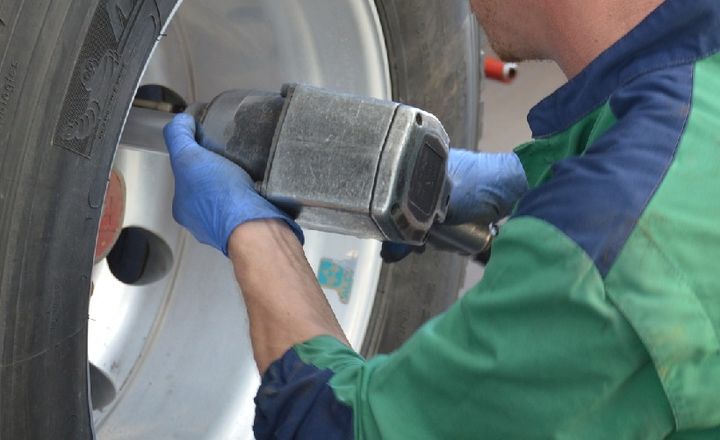Photo: Pixabay
A perennial factor exerting upward pressure on replacement tire costs is the adoption of larger diameter tires and unique tire sizes. The increase in OEM automobile wheel diameters has driven up the price of fleet replacement tires, primarily because the larger the tire, the greater the manufacturing expense.
“Increasing wheel diameters over the years has greatly influenced the price of replacement tires. It is a best practice to compare the cost of tires when selecting tire options for vehicles,” said Jamie Grams, national service department manager of Enterprise Fleet Management.

The combination of larger wheel diameters and shorter sidewalls increases tire prices due to the advanced engineering required for the tire construction. The greater variety of sizes has forced distributors and retailers to manage more inventory, which drives up their inventory holding costs.
“The recent development of all-weather tires is a benefit to fleets located in regions that experience heavy snowfall or that require snow rated tires. Unlike all-season tires or snow tires, all-weather tires are snow rated tires that can be driven year-round. This eliminates the need to purchase and store a second set of tires, which prevents downtime resulting from seasonal tire change overs,” said Grams of Enterprise Fleet Management.
Consumer preference is clearly trending toward larger wheel sizes and automakers are responding to that demand accordingly. However, the increased use of larger diameter tires on a growing number of models has exerted upward pressure on fleet tire costs.
by Mike Antich
Source: https://www.automotive-fleet.com
CUT COTS OF THE FLEET WITH OUR AUDIT PROGRAM
The audit is a key tool to know the overall status and provide the analysis, the assessment, the advice, the suggestions and the actions to take in order to cut costs and increase the efficiency and efficacy of the fleet. We propose the following fleet management audit.




